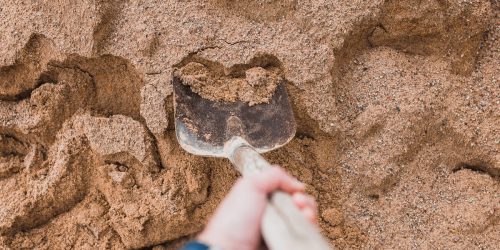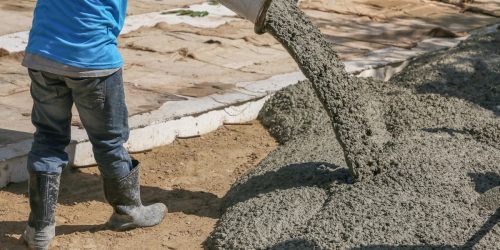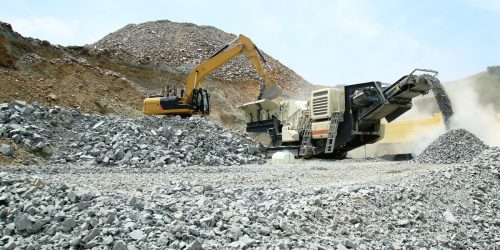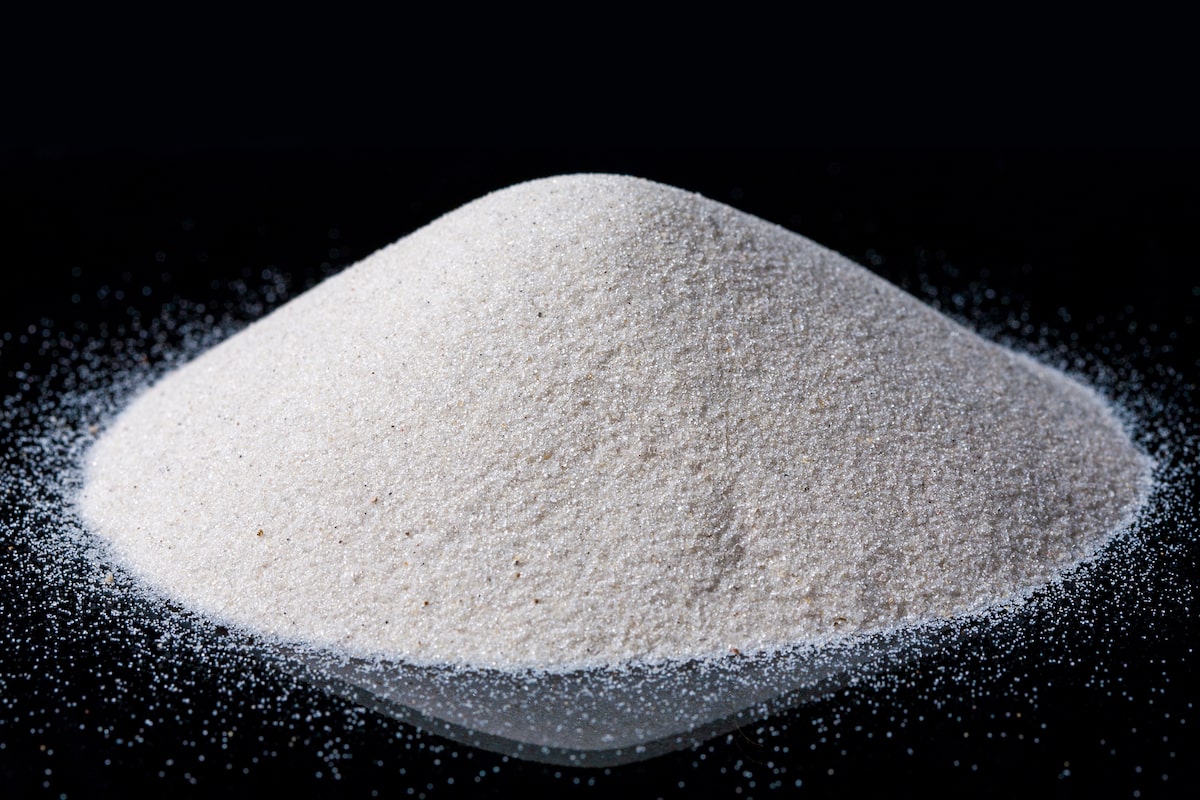
Sand is a common material found around us, but did you know that not all sand is created equal? Silica sand and regular sand may look the same, but they have distinct differences in composition, properties, and uses. In this article, we will explore what silica sand is, how it differs from regular sand, and why understanding these differences is important for various industries and the environment.
What Is Silica Sand
Silica sand is a type of sand that contains a high proportion of silica, which is a naturally occurring mineral that is essential for many industrial and commercial applications. silica sand is made of silicon dioxide (SiO2) and may also contain small amounts of iron, aluminum, and other trace elements. It is typically found in areas with high silica sand deposits, such as beaches, sand dunes, and in some cases, underground mines.
Silica sand’s also known for its unique properties, including its high melting point, low thermal expansion, and chemical resistance, which make it a popular material for a wide range of applications. These applications include industrial uses such as foundry casting, glassmaking, and oil and gas extraction, as well as construction applications such as sandblasting and cement and concrete production.
Silica sand is also commonly used in filtration applications, as it is an effective filter media for removing impurities from water and other liquids. Its high surface area and porosity make it an ideal material for filtering out contaminants, such as bacteria, viruses, and sediment. Silica sand infill is fine and dry, it can be used for artificial turf and is recommended for artificial green grass.
Differences Between Silica Sand And Regular Sand
While both silica sand and regular sand are made up of rock or mineral fragments, their chemical composition, properties, and uses differ significantly. Understanding these differences is important for selecting the appropriate material for a specific application and for minimizing the environmental impact of their extraction and use. There are several differences between silica sand and regular sand, including:
- Composition: Silica sand is composed of at least 95% silicon dioxide (SiO2), whereas regular sand may contain varying amounts of different minerals, including quartz, feldspar, calcite, and others.
- Uses: Silica sand is primarily used in industrial and commercial applications, including foundry casting, glassmaking, and oil and gas extraction, it can also be used for artificial grass projects while regular sand is commonly used for construction purposes, such as in the production of concrete and mortar.
- Properties: Silica sand has unique properties that make it ideal for specific applications, such as its high melting point and low thermal expansion, while regular sand does not exhibit these properties.
- Applications: Silica sand is commonly used in industrial applications such as sandblasting and water filtration, while regular sand is typically used in construction applications such as filling sandbags and leveling surfaces.
- Size And Shape: Silica sand is generally more uniform in size and shape than regular sand, which can vary greatly in size and shape depending on its source and how it was formed.
- Price: Silica sand is typically more expensive to purchase than regular sand due to its unique properties and the cost of mining and processing it.
- Environmental Concerns: Silica sand mining can have hazardous impacts such as water pollution and habitat destruction, whereas regular sand is typically obtained from natural sources such as rivers and beaches without significant environmental impacts.
It is important to understand these differences when choosing the appropriate material for a specific application and for promoting sustainable practices in the extraction and use of these resources.
Types Of Silica Sand You Should Know
Silica sand comes in various types based on its physical and chemical properties, including:
- Glass Sand: Glass sand is the purest form of silica sand and is used primarily in the glassmaking industry to produce glass containers, flat glass, and fiberglass. It is colorless and has high silica content, making it ideal for creating clear glass.
- Foundry Sand: Foundry sand is used in the casting process of metals and is characterized by its ability to withstand high temperatures and pressure. It has a high refractory strength, which makes it ideal for producing castings with complex shapes and high precision.
- Frac Sand: Frac sand is a specialized type of silica sand used in the hydraulic fracturing process to extract oil and gas from shale formations. It has a high crush resistance and is able to withstand the high pressure and abrasive conditions of the fracking process.
- Industrial Sand: Industrial sand is used in a variety of applications, including water filtration, sandblasting, and construction. It is also used as a component in cement and concrete manufacturing.
- Specialty Sand: Specialty sand is used in specialized applications such as golf course sand, aquarium sand, and horticultural sand. These types of sand are carefully selected for their specific properties and characteristics to meet the unique needs of each application.
Uses of Silica Sand
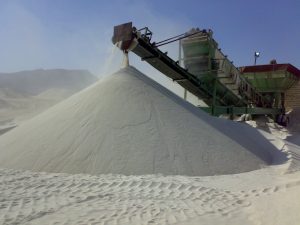
Silica sand is one of the most common minerals found on the earth’s surface. It has a wide range of industrial applications due to its physical and chemical properties, making it an essential component in various industries. Here are some of the most common uses of silica sand to consider:
- Glass Manufacturing: Silica sand is a critical component in the production of glass. It provides the necessary silicon dioxide that helps to form a glass structure. It is used to make a variety of glass products, including flat glass, fiberglass, and other specialty glass products.
- Foundry Sand: Silica sand is used as a molding material in the foundry industry. It is used to create molds for casting metal parts. The sand is mixed with a bonding agent and then shaped into the desired mold.
- Construction: Silica sand is used in construction as a component in concrete, mortar, and other construction materials. It provides strength and durability to construction materials and helps to make them more resistant to environmental factors.
- Oil And Gas Industry: Silica sand is used in the oil and gas industry as a proppant. It is used to keep the fractures in the rock open, allowing oil and gas to flow out more easily.
- Water Filtration: Silica sand is used in water filtration systems to remove impurities and particles from water. It is an effective and inexpensive way to filter water, and it is commonly used in swimming pools, aquariums, and drinking water systems.
- Abrasive Blasting: Silica sand is used in abrasive blasting applications to remove rust, paint, and other coatings from surfaces. It is an effective abrasive material that is used in a variety of industries, including automotive, marine, and construction.
- Agriculture: Silica sand is used in agriculture to improve soil quality and to help plants grow including blunting grass blades. It is used as a soil amendment to increase the water-holding capacity of the soil, and it is also used as a component in potting soil.
Environmental Impact Of Silica Sand
Although silica sand has many industrial uses, its extraction and processing can have significant environmental impacts. Here are some of the environmental concerns associated with silica sand:
- Habitat Destruction: The extraction of silica sand can involve the removal of vegetation and the alteration of the landscape. This can lead to the destruction of habitats for plants and animals, which can have significant ecological and geological consequences.
- Water Pollution: Silica sand mining and processing can lead to water pollution, particularly from the chemicals exposed in processing the sand. These chemicals can leach into nearby water sources, contaminating the water and potentially harming aquatic life.
- Air Pollution: Silica sand mining and processing can also lead to air pollution, particularly from the dust generated during the extraction and processing of the sand. This dust can contain silica particles, which can contaminate oxygen if inhaled, leading to respiratory problems and other health issues such as lung cancer.
- Climate Change: The transportation of silica sand from mining sites to processing plants and end-users can contribute to greenhouse gas emissions, which can contribute to climate change.
- Land Degradation: The extraction of silica sand can lead to soil erosion and the degradation of the land. This can have negative impacts on the productivity of the land, which can have economic consequences for nearby communities.
- Impact On Local Communities: Silica sand mining and processing can have significant impacts on nearby communities. It can lead to the displacement of local communities and the loss of traditional livelihoods. The noise, dust, and traffic associated with silica sand mining and processing can also have negative impacts on the health and well-being of nearby communities.
Although silica sand and regular sand and soil aggregate may seem interchangeable, they have significant differences in composition, properties, and uses. From its high melting point to its environmental impact, silica sand plays a crucial role in various industries. By understanding the unique properties and benefits of each type of sand, we can make informed decisions about their usage and contribute to a sustainable future.
If you want to purchase silica sand for your building construction or any other soil and sand aggregates, ASR Materials can help supply all the materials you require.
LOOKING FOR THE BEST SUPPLIER IN SOUTH FLORIDA?
YOU FOUND US, ASR MATERIALS.

